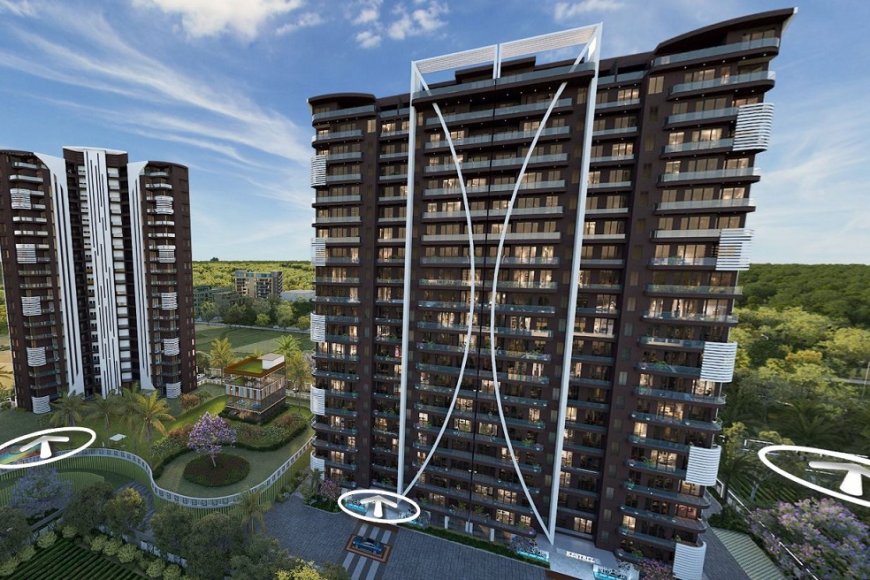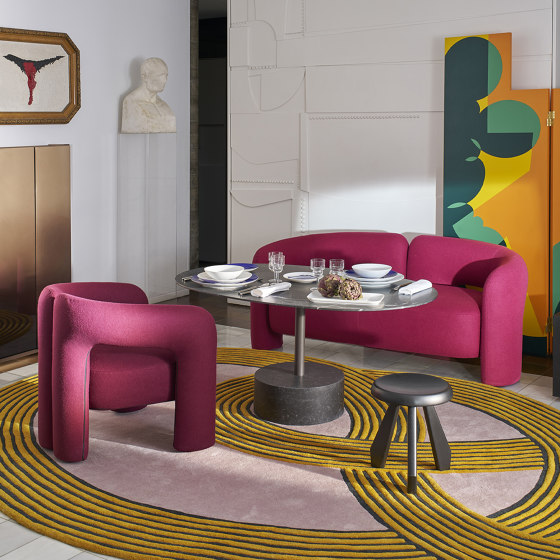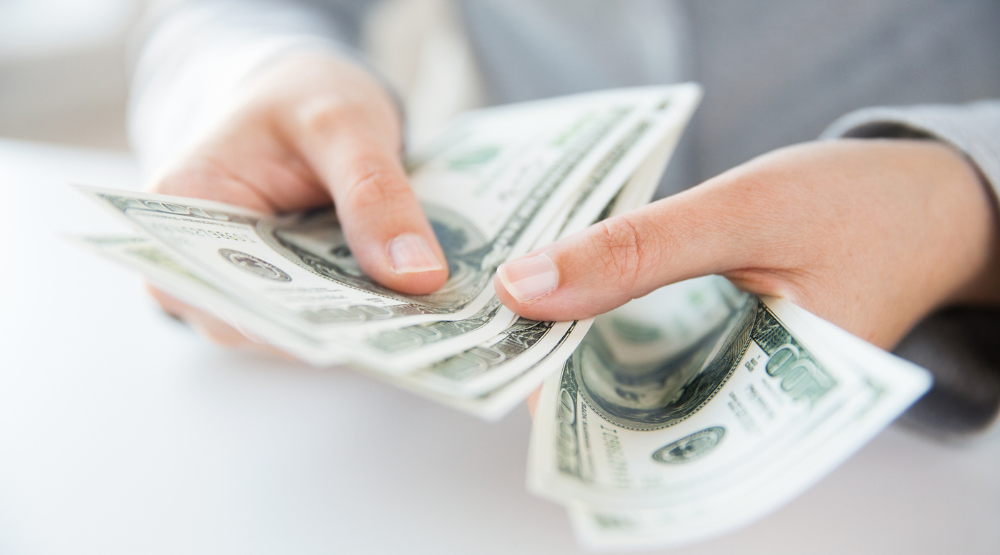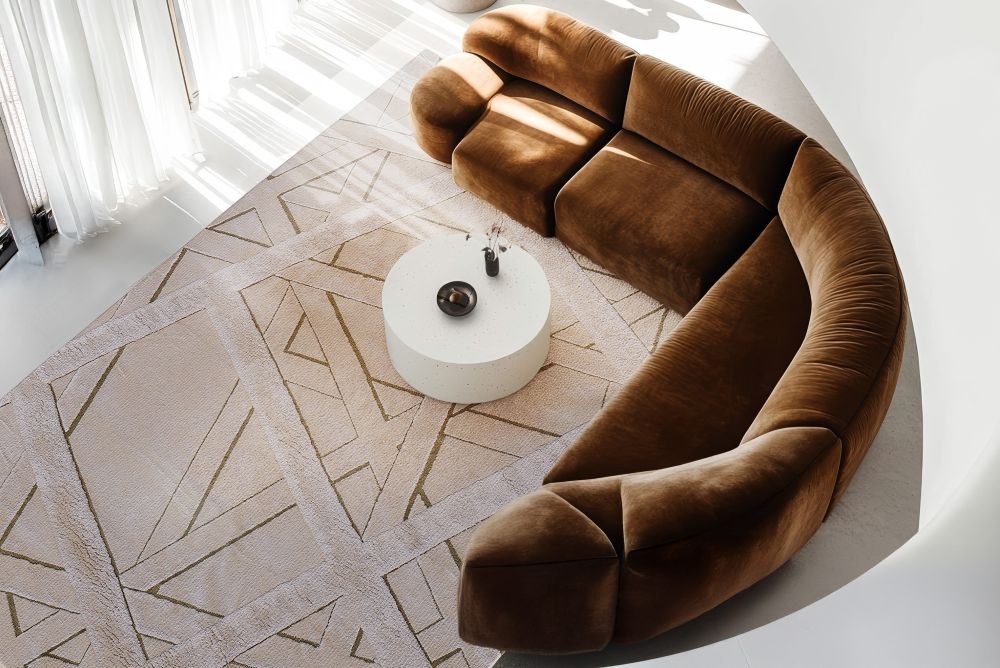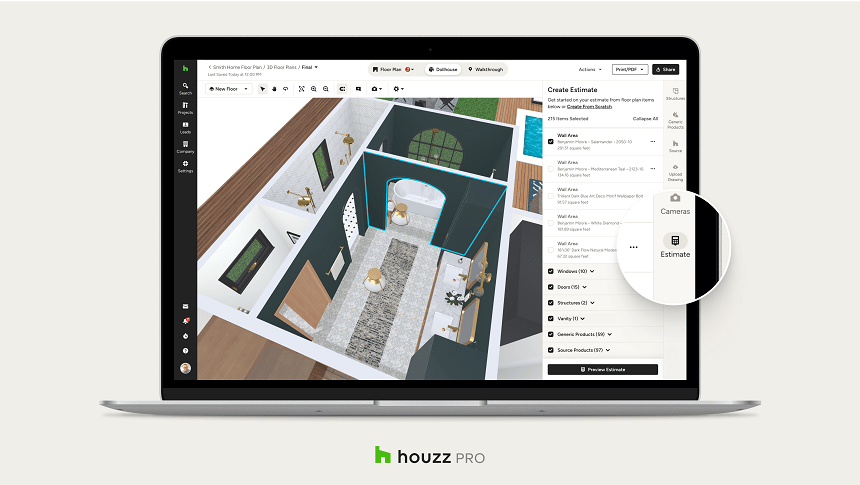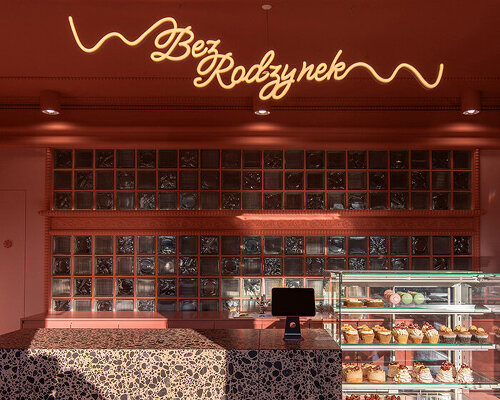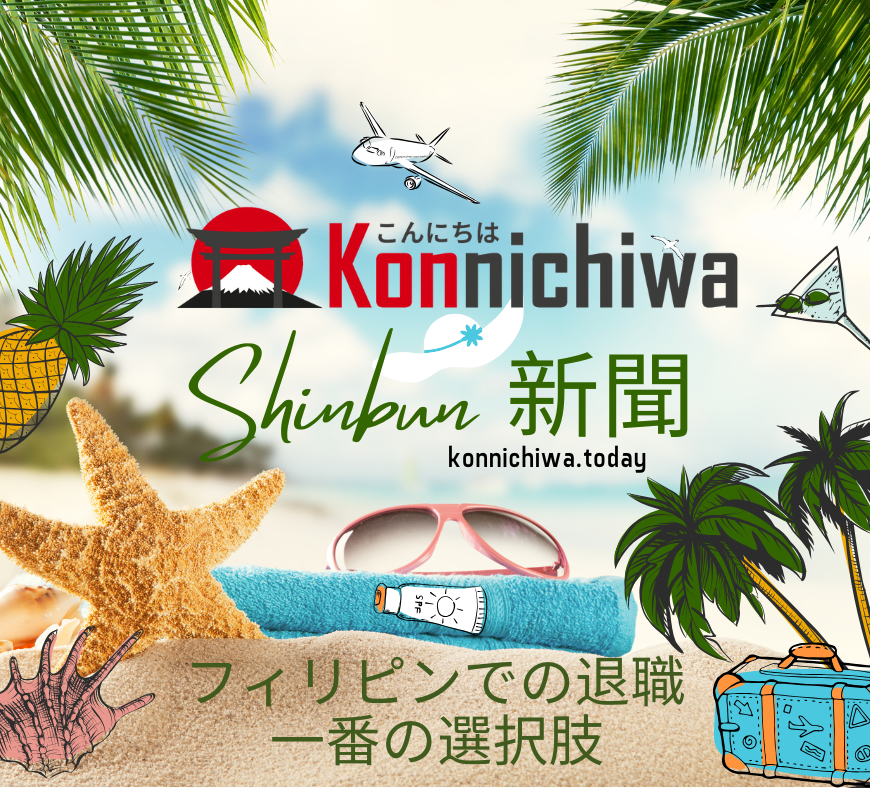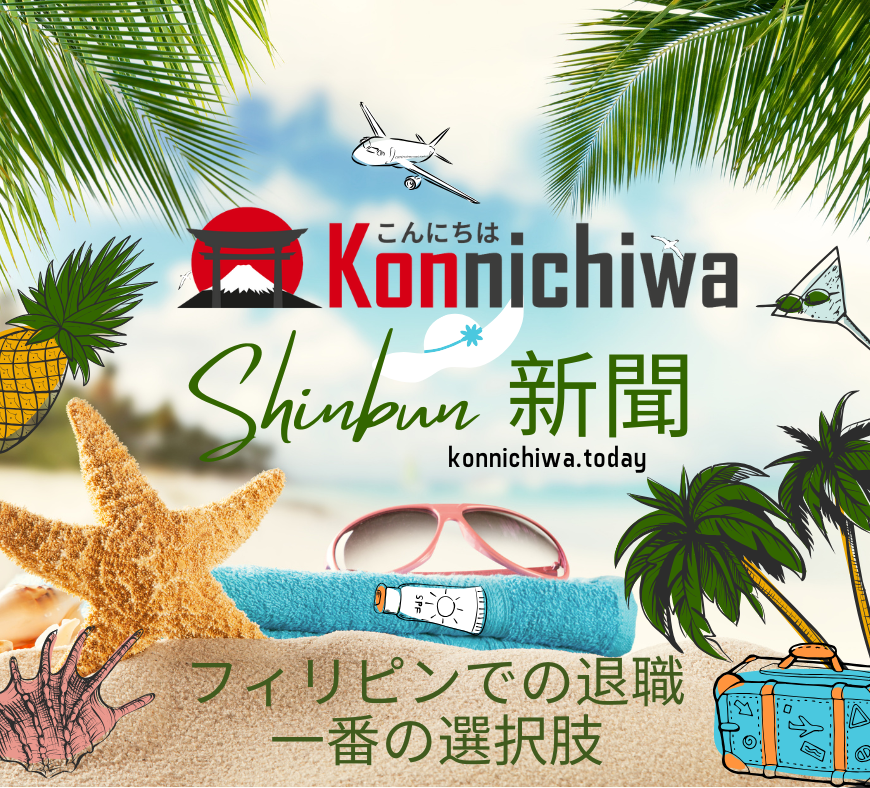Train yourself to be resilient in tough times | Cheryl Clendenon

 Every market season comes with a headline loud enough to drown out the rest. This fall, it’s tariffs. You can’t open an industry newsletter or step onto a showroom floor without hearing about costs, margins and “what this will do” to business.
Every market season comes with a headline loud enough to drown out the rest. This fall, it’s tariffs. You can’t open an industry newsletter or step onto a showroom floor without hearing about costs, margins and “what this will do” to business.
Tariffs are real. They increase landed costs, squeeze margins, create uncertainty and make many angry. But this isn’t the first obstacle our industry has faced, and it won’t be the last.
Experience gives the greatest perspective
In more than two decades of running a design business, I’ve lived through recessions, credit crises, oil spills, freight nightmares, vendor bankruptcies and a pandemic that shut the doors on showrooms across the country, including my own. And yet, many firms are still here.
That’s the point. Crises come and go. Some are brutal. Some drag on longer than anyone thinks they will. But firms that build resilience find ways to adapt.
Resilience doesn’t ignore challenges. It just refuses to hand over the keys to the business.
Resilience isn’t some abstract woo woo thing you read about in the waiting room at the doctor’s office. It’s a real muscle that must be built into the daily habits of a business. This is probably the most important “workout” I can help my designers achieve to sustain growth.
But you don’t build strength in calm, easy conditions. Remember that 10k you trained for? You built muscle, pushed harder and maybe even broke down a little so you could rebuild stronger. The finish line felt good though, didn’t it?
That’s what tariffs, supply chain debacles and all the other crises are for us. The surprise workouts Coach didn’t schedule. These workouts test your balance, your endurance and most importantly, the ability to recover.
So how do you build this muscle?
Agility Drills. Stop clinging to what you think you know and be radically open to new ideas and strategies, and prepare to move fast when opportunities or challenges appear. Agility is like interval training — you need to pivot hard, recover, and then pivot again.
Strength Training = Structure. Strong systems are the core muscles of your firm. Tight financial tracking, detailed workflows and stellar client communication hold you steady. Systems are resilient when operated within a structure.
Planning Reps. Planning builds endurance. Tariffs, freight delays, vendor closures — none should be a surprise if you’re wearing your CEO hat. The firms that thrive the most expect the unexpected and prepare for alternatives before they’re needed.
Innovation Sprints. Resilient businesses aren’t afraid to test, tweak and take calculated risks. They source differently, explore new partnerships and collaborate with other local businesses. In our firm, the running joke is, “We love forging new ground. We hate forging new ground.” Both are true. We love what innovation brings, at the same time we hate the discomfort it demands. Innovation gets your pulse up because it pushes you forward but also rocks the boat.
Relationship Building Sets. Clients, vendors and teams are the backbone of your stability. Full stop. Every act of consistency, reliability and advocacy is another rep in the trust bank. You want that bank full before the hard season hits, not after.
Perspective Training. Resilient firms step back, see the bigger picture and breathe. It is this ability to hit pause that keeps you from burning out. Perspective frames disruption as a chance to improve, not simply endure, and if this is your approach, you won’t fail.
Modeling Positivity. Not blind optimism, but the steady confidence that says to clients and your staff, we’ve got this. We’ll find a way. Positivity is the graceful posture you hold when you’re tired but not finished.
Choose how you show up. Your clients value resilience.
Clients don’t want to buy panic. Resilience shows up on the outside, and people notice even when tariffs keep moving the cheese. If they sense you’re as rattled as they are, the whole project feels unstable. Resilient designers project competence even when the ground is shifting fast.
Lead with context and not panic. If you’re rattled about tariffs, they’ll be rattled. Position this as part of the cycle but not the end of the world. (Save the venting for friends, not clients.)
Be the Steady Freddy. People catch the emotions of whoever they’re with. Clients and peers are drawn to calm, seasoned voices that put volatility in perspective. This maturity builds your Authority IQ.
Anchor on what you can control. You can’t change tariffs, but you can refine margins, diversify sources, and adjust your fee structure so your profit isn’t hostage to policy swings.
Be cognizant of your emotional projections. High Point Market is about possibility. The designers who stand out to vendors and colleagues are the ones bringing energy, perspective, ideas and collaboration. Not anger. They know. They get it.
Best Practices
Roll it in, do not itemize it. Dumping the raw data (line item upcharges) creates too much noise. What clients value more is trust and believing you’ve handled complexity on their behalf. Resilient design firms will curate the story and not hand clients the raw script.
Stop chasing perfection in line-item margins. Click your heels together three times and put this on repeat. Focus on the overall profitability of the project. Focus on the overall profitability on the project.
Adjust fees. A small increase in design fees can partially offset tariff hits across multiple projects without losing sales. It avoids clients feeling squeezed on every line item. And it is probably time for an increase anyway.
Explain it once. Not every time. A single, professional framing statement, “Our fees and pricing reflect today’s business climate” is going to land far better than apologizing invoice by invoice for increases.
Audit freight regularly. Freight often hides fat. Negotiate, consolidate deliveries and don’t default to vendor shipping. Investigate independent freight companies.
Sell value over price. You are a designer, but you still have to sell it. Domestic or alternative options may cost more, but they often carry higher quality and might be faster. Frame it as a better investment, not a compromise.
Offer choices, not excuses. Do not profile yourself as a victim of tariffs, but rather someone who can provide choices.
Resilient firms don’t cross the finish line by luck. They have been training all along, mile by mile, rep by rep. And when they do, clients follow not because the path was smooth, but because your resilience gave them confidence to trust the process.



